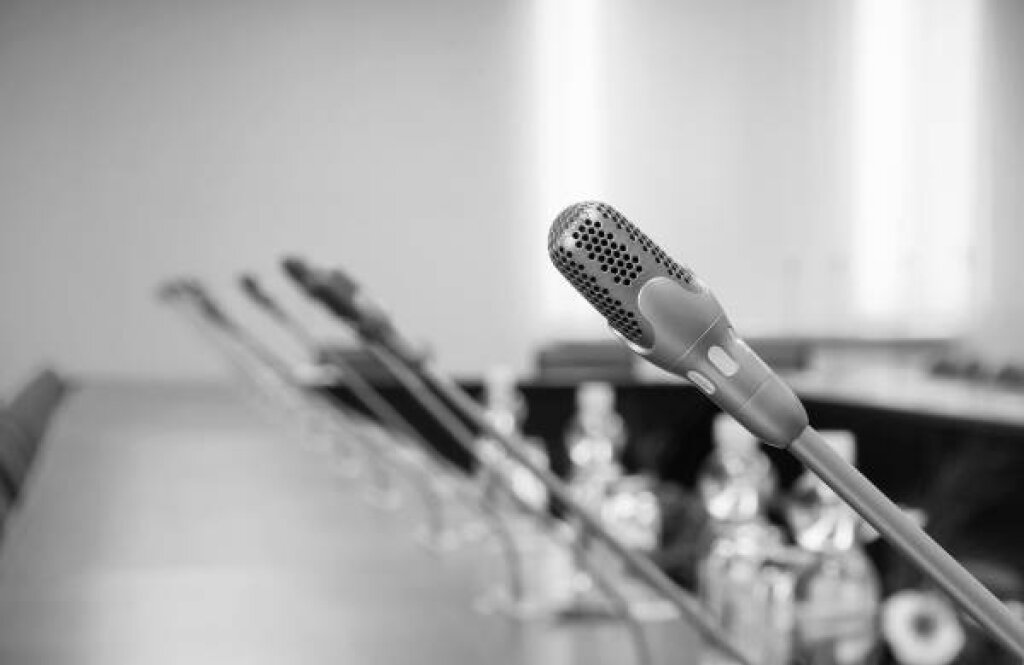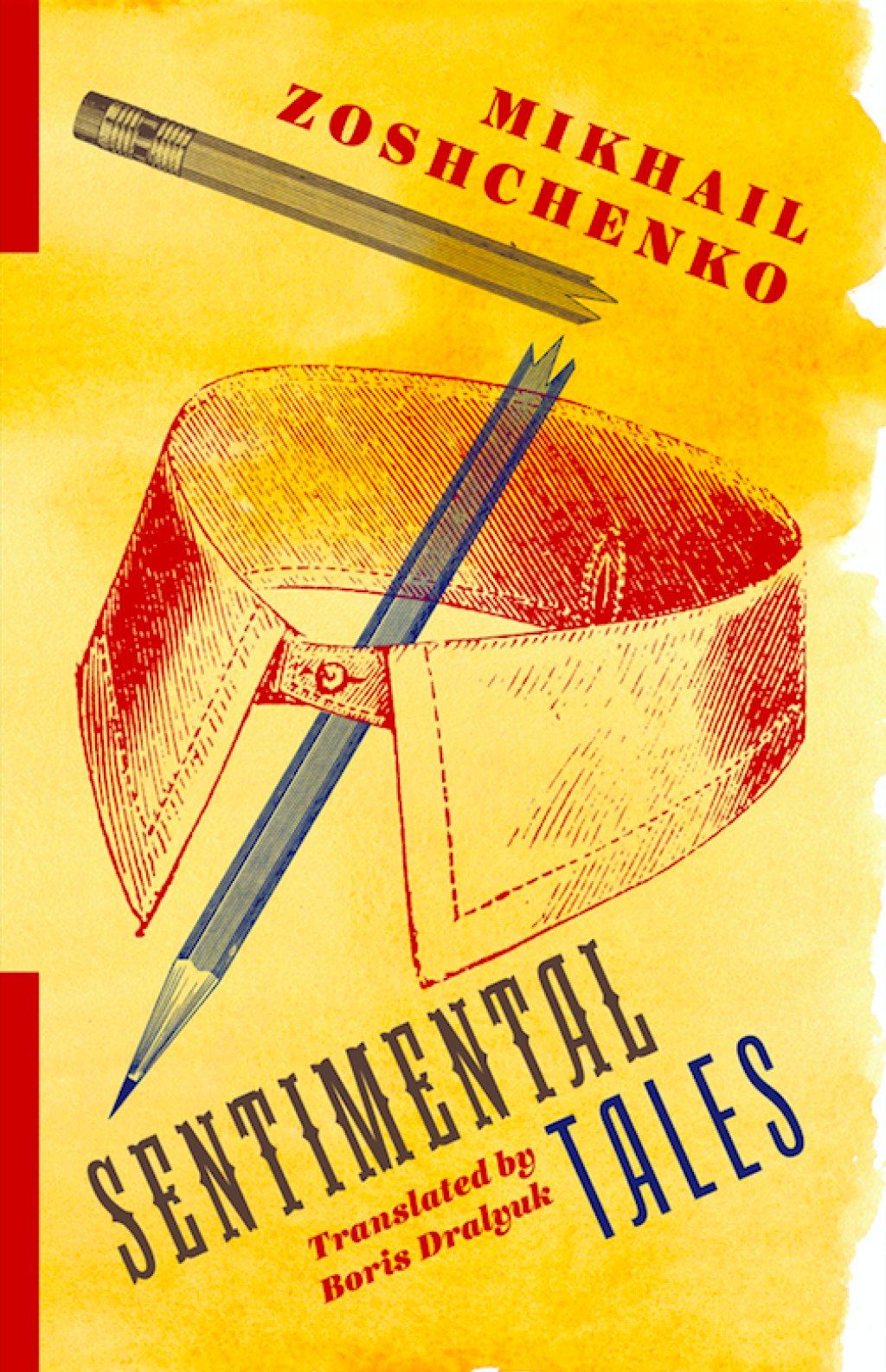Catherine Baker is Senior Lecturer in 20th Century History at the University of Hull. Her books include Sounds of the Borderland: Popular Music, War and Nationalism in Croatia since 1991 (2010, winner of BASEES’s George Blazyca Prize), The Yugoslav Wars of the 1990s (2015) and the edited collection Gender in 20th Century Eastern Europe and the USSR (2017). Her next book, Race and the Yugoslav Region: Postsocialist, Post-Conflict, Postcolonial?, asks why the Yugoslav region has had such an ambiguous position in global formations of ‘race’ and whiteness, and is forthcoming from Manchester University Press. She blogs at http://bakercatherine.wordpress.com and tweets at @richmondbridge.
Thanks to the feminist researcher and artist Saara Särmä, the blogging platform Tumblr, and some carefully-placed roundels of David Hasselhoff, the all-too-common sight of a panel or table of contents consisting entirely of male experts has had a convenient rejoinder since Särmä’s digital activism went viral in 2015: ‘Congrats – you have an all male panel!’
Särmä’s companion project, ‘Congrats – you have an all white panel!’, uses another legend of Eighties action cinema, Mr T, to call out events where – even on topics such as how to build a more democratic Europe – the picture of intellectual authority and expertise that organisers have created through their choice of speakers does not include any speakers of colour.
(Curiously – or not – the ‘All White Panels’ Tumblr gained much less traction with mainstream media such as the BBC, Time and The Guardian that helped #allmalepanels become a meme, even though Särmä had been speaking about both projects at once.)
As an academic who strives to put my first area specialism (the Yugoslav region) in a transnational and global context, and to understand how cultural imaginations of ideas like ‘conflict’ or ‘Europe’ are translated across national borders, I am frequently in the position of organising conference panels, selecting contributors for workshops, or choosing chapters for edited collections – including the volume on Gender in 20th Century Eastern Europe and the USSR I published in 2017 – so that a team of researchers can offer more perspectives on a problem than any one expert could alone.
In fact, this is part of the work of academia I enjoy most: creating dialogues between people working on different disciplines or areas who might not have met each other, and being able to work with junior scholars launching exciting new research at the same time as senior scholars whose thinking has helped to shape mine.
But when editors operate entirely according to the shape of the field that they already take for granted, we are at risk of perpetuating the same structural inequalities that anyone with a commitment to diversity in their field would say that they are fighting against – as the journalist Stephanie Boland recently explained in comments that are as relevant to workshop organisers and volume editors as they are to editors commissioning for the press.
Boland, the Head of Digital at Prospect magazine in the UK, points out that even when editors are keen in theory to diversify their pool of contributors, unconscious bias in the heat of the moment – compounded by the factors that make the media a disproportionately middle-class and white industry – often makes them fail to live up to their own aspirations:
In the past, I’ve been in commissioning meetings where there is every good intention to end up with a diverse table of contents.
Nobody really WANTS an all-male features list – usually, there’s a bit of hand-wringing if one goes to press
But most places commission by topic more than by writer. If there’s a feature idea floating about, they go through their mental phone book
And because white people/men are more prominent in the media, and most people have some unconscious bias, the names that come up… well, you get the picture.
Waiting until the editorial meeting to correct bias doesn’t work. You’ve got to sort out our inner Rolodex.
Once you're looking at your flatplan/book chapters/speakers list/conference program and going ‘argh, we need a woman’—you've already lost
Putting together a table of contents for an edited volume, or choosing who to invite to a conference panel submission, very often starts with the same kind of mental phone book.
On specialist topics, such as the work on the aesthetic and embodied practices of ‘militarization’ that is emerging as a research area in feminist security studies and International Relations, I could easily ask myself ‘Who do I know that studies X?’ and write down five or ten names that, in this case, would all belong to white women.
I would at least have avoided an #allwhitepanel – but would have created yet another all white one, moreover on a topic (the normalization of ideologies behind state violence) where the situated knowledge of people who experience racism and Islamophobia is essential for understanding the politics of emotion (as Sara Ahmed names them) behind nationalism and state power.
As my own career progresses, and as I become someone with the capacity to propose and publish collections of academic work – so that I am starting to shape and define fields of inquiry, rather than just participating in them – there are topics where I start to feel as if I know ‘everyone’ in a field: we have met at conferences or shared tables of contents in other volumes, we belong to the same mailing lists or Facebook groups.
For a new volume or panel now, even where I am close enough to the centre of a topic’s academic network that I might ‘know everyone’, I want to commit myself to at least 20 per cent of the participants I choose – the equivalent of at least one panellist on a panel of five – being people I have never worked with before (and that target figure should go up, not down).
This is all the more important when the opportunity is part of an ongoing collaboration, where many participants will already have presented to each other before: diversifying the range of who is involved helps to ensure that the conversation emerging through the panel or volume will move beyond its past iterations, along new directions – thus advancing the quality of the research.
The unfortunate but necessary cost, of course, is that an editor or panel organiser cannot involve every participant from their immediate, instinctive ‘mental phone book’ every time.
Diversity in Slavic Studies
Even with strategies like these, however, too many of the contributor lists for panels, volumes and issues I have organised have been all white. The two annual conventions I am most likely to attend are the Association for Slavonic, East European and Eurasian Studies and the International Studies Association. An ISA member could feasibly pledge not to appear on or organise an all-white panel in the same way that thousands of speakers in academia, business and technology have pledged not to appear on all-male panels. At ASEEES, the discipline contains so few people of colour – a situation that the Association for Diversity in Slavic, East European and Eurasian Studies is working to change – that, if participants made a similar pledge, far fewer panels could even be organised.
Beyond the levels of racial diversity in particular academic disciplines, moreover, other factors affect all my networks and have led to me organising all-white panels when I had tried to commit not to do so (including two panels at the ISA convention this year): the high costs of conference travel disproportionately affect people of colour, who – as a result of structural racism in academia – are more likely to be in low-paid and precarious work, and less likely to have the funds or time to travel.
The current US administration’s Islamophobic travel ban, which (first announced in January 2017) directly impedes scholars from the affected countries entering the USA and has persuaded many others, especially Muslims, not to travel, also contributed to the whiteness of our ISA panels, since after the ban was announced one participant (a South Asian woman) made the difficult decision not to attend.
At call-for-papers stage, at least, I could have chosen not to submit a panel I had organised if it turned out all white. So as not to disappoint other panellists, and because I have been excited about the opportunity to meet my colleagues, I have not yet made this choice: but, as a result, an all-white panel of mine has been selected when another panel, which might have contained more scholars of colour, therefore was not. I am still complicit in the panels’ whiteness even though I am pleased they went ahead.
Fewer structural constraints affect participation in edited volumes. Four years after beginning to plan Gender in 20th Century Eastern Europe and the USSR, there are still contributors I have never met, and while we did organise some related panels based on the volume (including at ASEEES 2016), developing the chapters never required the participants to gather together.
Gender in 20th Century Eastern Europe and the USSR involved authors based in Serbia, Germany, Britain, the USA, Canada and Hungary, and contributors who grew up in several other countries but now work abroad: and yet its table of contents, like almost every volume in Slavic and east European studies, is still all white.
If I were inviting and selecting chapters for a similar volume now, rather than in 2013, not only would there be more active researchers from underrepresented racial and ethnic minorities to approach, but I would have the benefit of four more years expanding my own mental phone book by reading outside what I initially thought of as ‘my area’ to try to answer how topics I had previously worked on (such as post-Yugoslav popular music, or the micropolitics of peacekeeping in Bosnia) had been structured by the global dynamics of race.
The effects of racism and unexamined whiteness in Slavic and East European Studies affect who chooses to enter or remain in this discipline in the first place: one panel or volume will not resolve this inequality on its own, but every panel or volume will make its contribution to the picture of diversity in the discipline that a researcher of colour forms, as they decide through their own impressions of the discipline whether it is likely to welcome them.
Editors and panel organisers in Slavic and East European studies are more likely to be conscious of ethnicity and nationality as an element of diversity than they are of race. Many specialist readers will already mentally note the balance of eastern European and non-eastern European contributors in a project, above all in gender studies, where east European scholars have often used analogies with postcolonial feminism to show how the Anglophone West has made ‘postsocialist’ Europe a periphery. Even the location where an author currently works – in the centre or the periphery of the global economy of academic knowledge production? – has a bearing, as Madina Tlostanova shows, on the politics of where intellectual authority is perceived as travelling ‘from’ and ‘to’.
(The idea of ‘coming from’ or ‘not coming from’ the region someone studies is of course a spectrum not a fence, complicated by infinite degrees of diasporic, familial and social entanglement – although some researchers, like me, are definitely not from eastern Europe no matter how one defines belonging.)
Without planning well in advance how to widen the pool of contributors I might involve in a project – and being open to the possibility that the boundaries of my theme might change as a more diverse group of contributors brings more diverse worldviews and politics to the original line of inquiry I perceived – I am much more likely as an editor to fall back on ‘unconscious’ bias and miss an opportunity to reach a better understanding of my topic as well as supporting the diversity of my field.
But the discipline will need as strong an institutional commitment to racial diversity as it has made to gender equality, and far more understanding from white scholars of all nationalities of the obstacles that scholars of colour face in Slavic and East European Studies research, to make the all white panel as uncommon as the all male panel at ASEEES.



